Samsung Electronics Achieves Remarkable Financial Comeback. Samsung Electronics, the world’s largest memory chip manufacturer, is poised to announce its strongest third-quarter profit in three years, with analysts projecting an impressive operating profit of 10.1 trillion won ($7.11 billion) for the July-September period. This remarkable financial performance represents a 10% increase year-over-year and signals a powerful recovery in the global semiconductor industry driven by explosive artificial intelligence demand and server infrastructure expansion.
The South Korean technology giant’s resurgence comes as DRAM chip prices skyrocketed 171.8% in Q3 compared to the same period last year, according to authoritative data from TrendForce, reflecting unprecedented demand from hyperscalers, cloud computing providers, and AI-focused enterprises racing to build infrastructure for next-generation applications.
Breaking Down Samsung’s Q3 Performance Drivers
Conventional Memory Chip Business Leads Recovery
According to LSEG SmartEstimate, which aggregates forecasts from 31 analysts with emphasis on those with proven accuracy records, Samsung’s profitability surge stems primarily from robust conventional memory chip pricing. This segment has demonstrated exceptional strength despite challenges in other product categories.
The conventional memory division encompasses:
- DRAM chips – Used extensively in servers, smartphones, and personal computers
- Standard NAND flash memory – Essential for data storage across devices
- Enterprise-grade memory solutions – Powering data centers globally
AI Infrastructure Investment Fuels Demand
The artificial intelligence revolution has fundamentally transformed memory chip market dynamics. Services like ChatGPT, Claude, and other large language models require massive computational resources, creating unprecedented workload demands on general-purpose servers.
Hyperscalers—massive cloud computing providers including Amazon Web Services, Microsoft Azure, and Google Cloud—have aggressively expanded their infrastructure to support AI workloads, directly boosting demand for Samsung’s memory products.
Server Inventory Rebuilding Cycle
Following a period of inventory destocking in 2023, server manufacturers and cloud providers have entered a robust inventory rebuilding phase. This cyclical shift, combined with AI-driven growth, has created a perfect storm of demand supporting higher memory chip prices and improved profitability for Samsung.
The HBM Challenge: Samsung’s Achilles Heel
Delays in Nvidia Supply Relationship
While conventional memory performance exceeded expectations, analysts identified a significant weakness: Samsung has yet to supply its latest 12-layer HBM3E (High Bandwidth Memory) chips to Nvidia, the dominant AI accelerator manufacturer and primary customer for advanced memory solutions.
HBM chips represent critical technology for artificial intelligence development. These specialized memory modules are engineered to:
- Reduce power consumption significantly
- Process massive datasets efficiently
- Stack memory chips vertically for enhanced bandwidth
- Minimize latency in AI training and inference workloads
Competitors Capitalize on Samsung’s Delays
Samsung’s struggles with HBM qualification have allowed competitors to capture market share in this high-margin, fast-growing segment:
SK Hynix has emerged as Nvidia’s primary HBM supplier, securing lucrative contracts and benefiting disproportionately from AI-driven demand. The company’s successful HBM3E qualification has translated into exceptional financial performance.
Micron Technology has also gained ground in the HBM market, announcing in September that it expects to completely sell out its HBM chip production for calendar year 2026 within coming months—a testament to extraordinary demand levels.
China Exposure Constrains Growth
Samsung faces additional headwinds from its significant exposure to the Chinese market, where United States export restrictions limit sales of advanced semiconductor products. These geopolitical constraints have hampered Samsung’s ability to fully monetize its technological capabilities in the world’s largest electronics market.
Game-Changing Supply Deals Reshape Future Outlook
Tesla Partnership: $16.5 Billion Foundry Contract
Samsung’s announcement of a $16.5 billion chip manufacturing deal with Tesla in July 2024 triggered a dramatic shift in market sentiment. Samsung shares surged more than 43% following this announcement, reflecting investor optimism about the company’s contract chip manufacturing (foundry) business.
This landmark agreement positions Samsung to produce advanced automotive chips for Tesla’s electric vehicles and autonomous driving systems, potentially opening doors to similar contracts with other automotive manufacturers.
OpenAI Collaboration and Stargate Project
During OpenAI CEO Sam Altman’s visit to South Korea earlier this month, Samsung announced strategic partnerships alongside SK Hynix to supply advanced memory chips for the ambitious Stargate project—a massive AI infrastructure initiative.
This collaboration provides Samsung with critical validation in the AI ecosystem and positions the company to benefit from OpenAI’s continued expansion of computational resources.
AMD Partnership Creates Indirect Benefits
The artificial intelligence chip supply agreement between OpenAI and AMD represents another positive development for Samsung. As AMD is among Samsung’s major HBM customers, increased AMD sales of AI accelerators will drive demand for Samsung’s high-bandwidth memory products.
Ryu Young-ho, senior analyst at NH Investment & Securities, emphasized that these interconnected relationships create multiple pathways for Samsung to participate in AI infrastructure growth.
Market Sentiment and Share Price Performance
43% Stock Rally Signals Renewed Confidence
Samsung’s equity performance has dramatically improved following the Tesla deal announcement, with shares climbing more than 43%. This substantial appreciation reflects:
- Restored confidence in Samsung’s foundry business competitiveness
- Recognition of diversified revenue streams beyond memory chips
- Optimism about future AI-related contract wins
- Belief in management’s strategic repositioning efforts
Analyst Expectations for Continued Improvement
Market analysts predict further improvement in sentiment toward Samsung’s semiconductor businesses, encompassing both memory products and contract chip manufacturing operations. Successful delivery of the Tesla project could catalyze additional major customer wins from technology giants seeking manufacturing alternatives to Taiwan Semiconductor Manufacturing Company (TSMC).
Risk Factors and Industry Headwinds
U.S. Tariff Uncertainties
Despite positive momentum, analysts caution that potential United States tariffs on semiconductor imports represent a significant risk factor. Trade policy changes could materially impact Samsung’s profitability and competitive positioning in crucial North American markets.
China’s Rare Earth Export Controls
China’s tightening restrictions on rare earth materials exports pose supply chain challenges for the global semiconductor industry. These critical materials are essential for advanced chip manufacturing and production equipment, and restricted access could constrain Samsung’s manufacturing capabilities.
HBM Qualification Timeline Uncertainty
While Samsung has made progress on HBM technology, the timeline for Nvidia qualification remains uncertain. Prolonged delays could enable competitors to further entrench their market positions, making it increasingly difficult for Samsung to reclaim share in this critical segment.
Financial Performance Context and Comparisons
Three-Year Profit Trajectory
The projected Q3 2024 operating profit of $7.11 billion represents Samsung’s highest third-quarter performance since 2022, when the semiconductor industry enjoyed peak pricing before entering a downturn in late 2022 and early 2023.
This recovery validates industry predictions that the memory chip cycle had bottomed and entered a new growth phase driven by AI infrastructure investment rather than traditional consumer electronics demand.
Currency Considerations
Operating profit figures are reported in Korean won, with the current exchange rate at approximately 1,420 won per U.S. dollar. Currency fluctuations can impact dollar-denominated profit comparisons but do not affect the underlying business performance in local currency terms.
For comprehensive coverage of global technology industry developments and semiconductor market analysis, visit Singha Darbar for expert insights and timely updates.
Official Earnings Announcement Timeline
Samsung Electronics is scheduled to release preliminary estimates for Q3 revenue and operating profit on Tuesday, with comprehensive financial results including detailed segment breakdowns due for publication later this month. These official figures will provide additional clarity on:
- Memory chip segment profitability
- Foundry business performance
- Mobile device division results
- Display panel business trends
Conclusion: Samsung’s Strategic Inflection Point
Samsung Electronics stands at a critical juncture as it navigates the transformation of the semiconductor industry driven by artificial intelligence applications. While the company’s conventional memory business demonstrates robust health with impressive profit recovery, challenges in the strategic HBM segment highlight execution risks that must be addressed.
The transformative supply agreements with Tesla, OpenAI, and indirect partnerships through AMD represent potential game-changers that could reshape Samsung’s competitive position in both memory and foundry markets. Successful execution of these contracts would validate Samsung’s technological capabilities and manufacturing scale, potentially attracting additional tier-one customers.
As the semiconductor industry undergoes perhaps its most significant transformation since the mobile computing revolution, Samsung’s ability to navigate geopolitical complexities, overcome HBM qualification challenges, and deliver on high-profile customer commitments will determine whether this Q3 profit recovery marks the beginning of sustained prosperity or merely a temporary cyclical upturn.

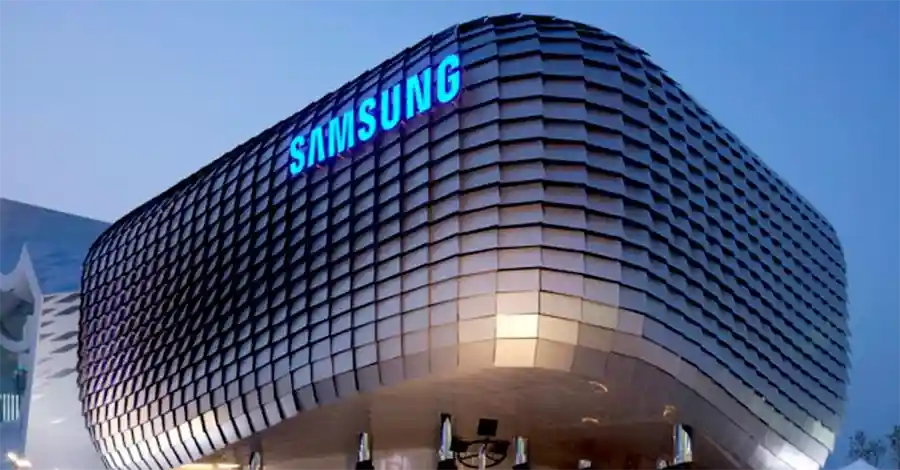

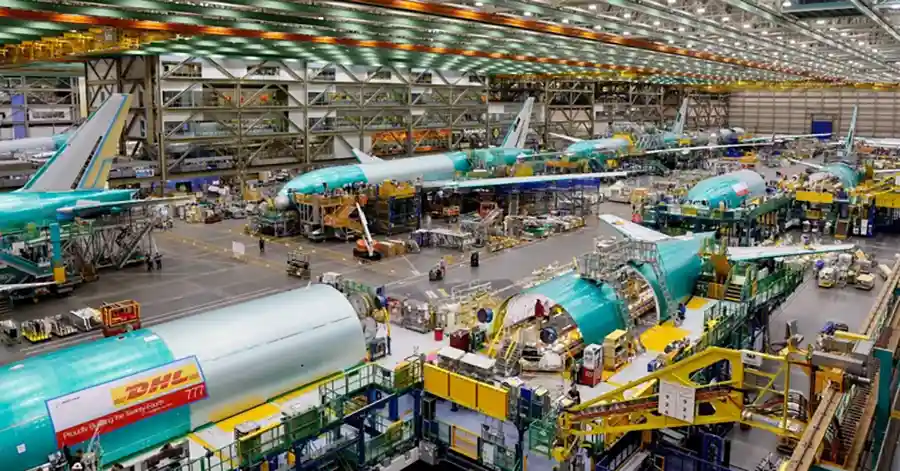




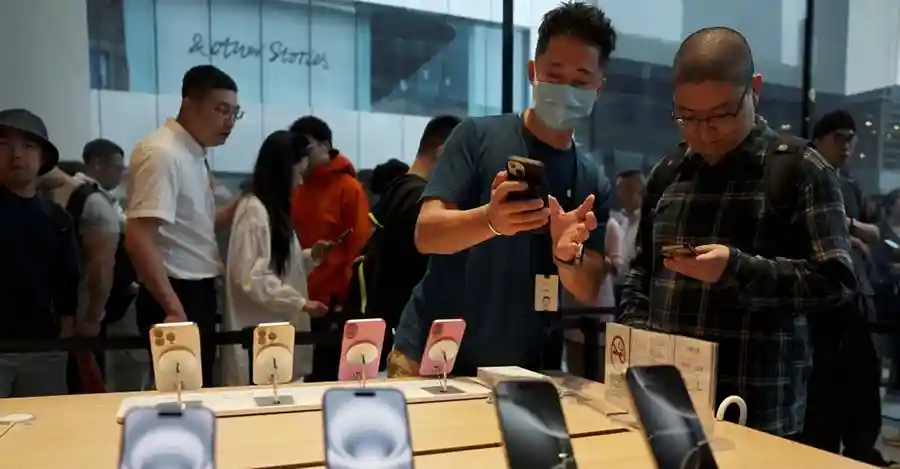
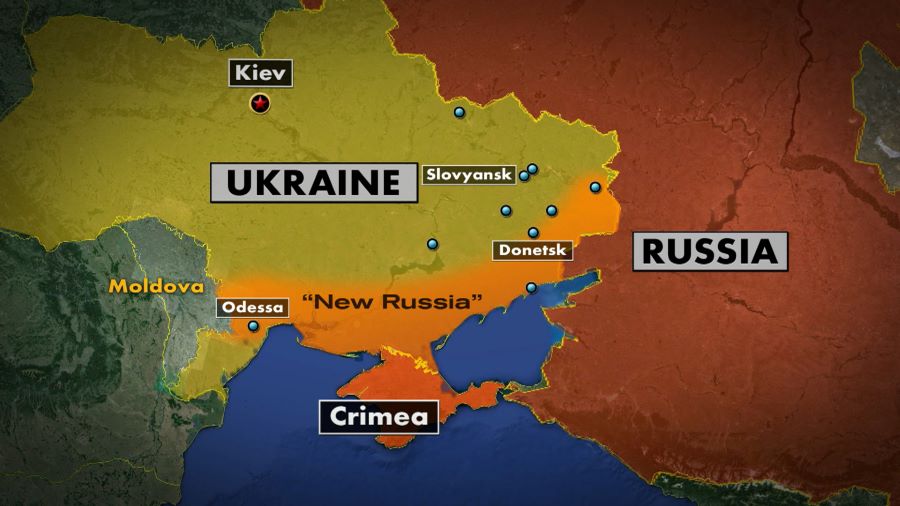






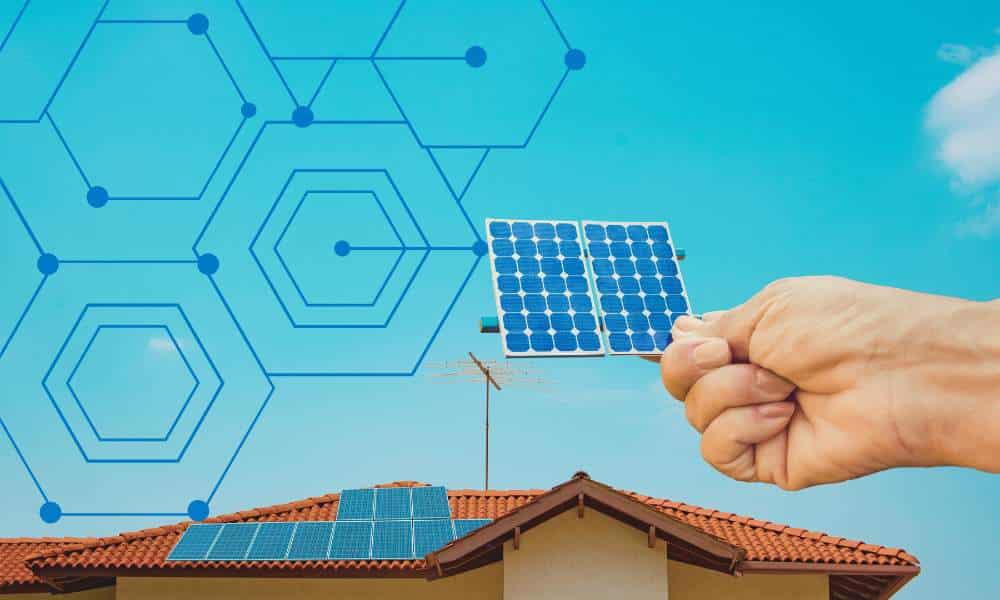




Comments